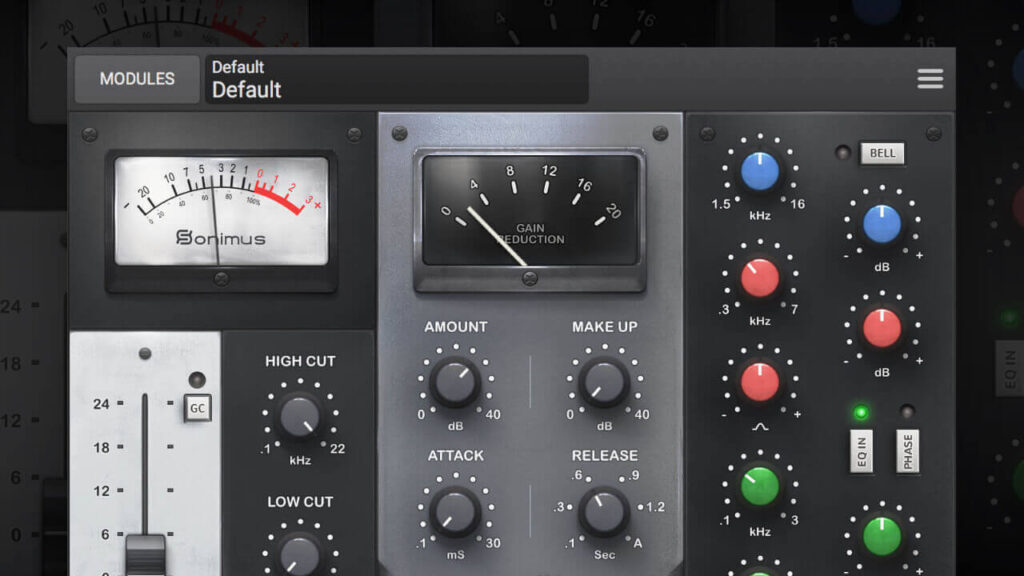Satson CS is the next step of channel strip plugins. It delivers big sound with maximum flexibility thanks to its analog modeling, modular approach, and oversampling capabilities. But are you aware there is more than meets the eye?
In this article, we are going to give you 5 ideas on how to get the most out of this amazing plugin that you might be missing.
3 Plugins In One
Satson CS can easily be turned into a single module plugin. Simply remove the other modules by dragging them out from the strip. Use Stason channel, Satson Compressor or StonEQ anywhere in your session.
Put Satson Buss Compressor in your master track to glue your mix together, add Satson pre to your audio tracks to give them the punch they need or use StonEQ in your guitars or drums to make them cut through the mix without sounding harsh thanks to oversampling. Even more flexibility for your audio processing.
Virtual Analog Console
One of the best things about mixing in a real big analog console is that you have everything you need in one place: gain staging, compressor, EQ and summing busses. But if you own one of Sonimus’ Console Emulations you can combine Satson CS with them and turn your DAW into the perfect virtual analog console. Add the channel strip to each audio track of your project and then the Buss component from your favourite console emulation to your summing busses and master track. Why not combine Britson Buss to Satson CS? The best of two most desirable analog consoles in your DAW. You won’t need anything else to get the best sound for your mixes.
Compression: Pre or Post EQ?
Thanks to Satson CS’ modularity you don’t need to worry about this question. Set your compression and EQ and then rearrange the modules as you like. Experiment with which option gives the right result for your tracks. You can even change it if needed down the line during mixing without having to move plugin slots in your DAW. And with the possibility of adding up to 8 modules inside one instance of Satson you can combine two compressors before and after the EQ with different behaviours to have full control of the dynamic range of your track.

